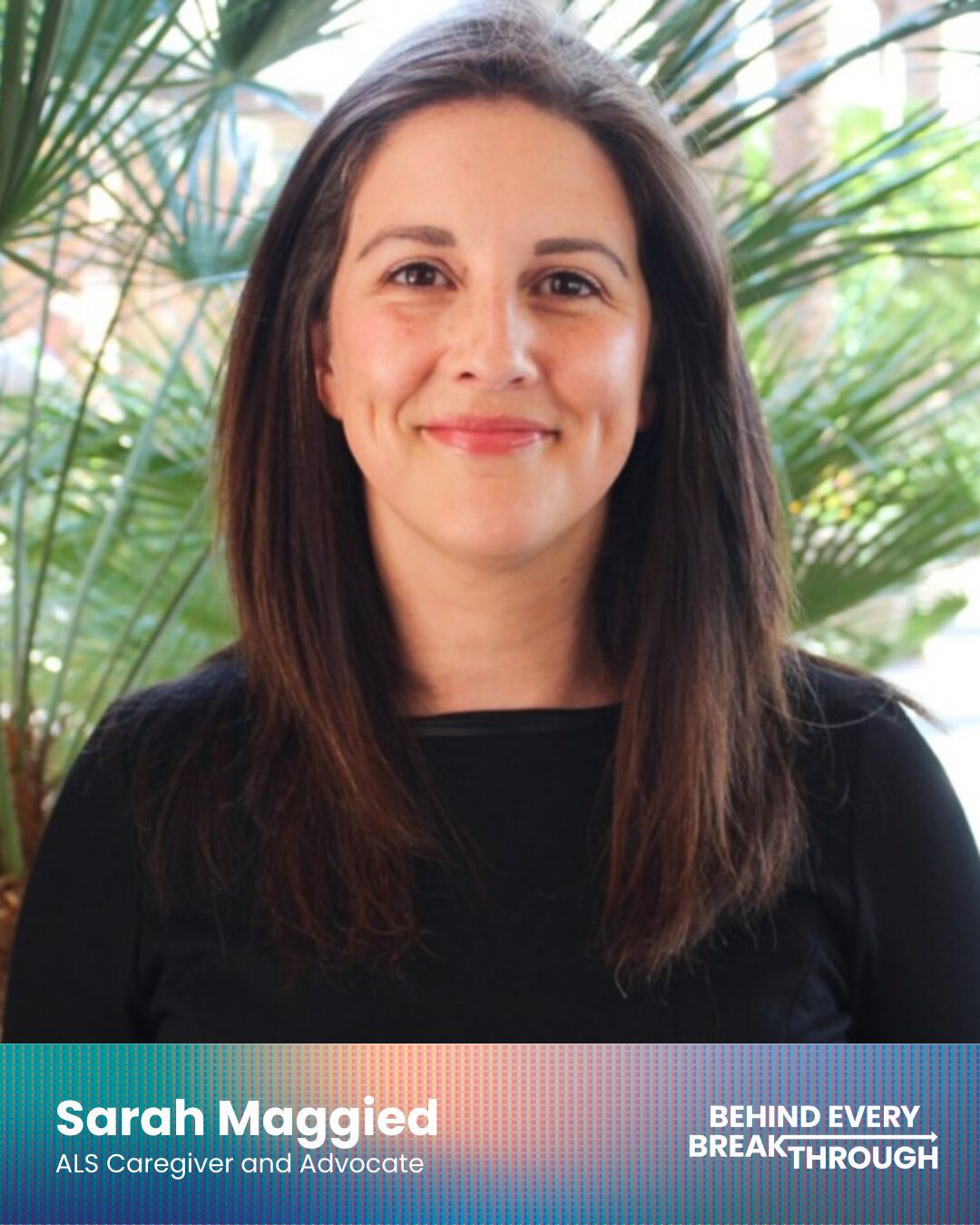Throughout the ALS research community, you’ll find brilliant scientists working tirelessly on promising breakthroughs. In our Under the Microscope series, we are shining a light on some of these scientists leading collaborative projects supported by Target ALS, in partnership with The Association for Frontotemporal Degeneration (AFTD) — work that could someday change the outlook for ALS and FTD patients worldwide.

Meet Christine Vande Velde
Meet Christine Vande Velde, a Professor in the Neurosciences Department at the Université de Montréal and Univeristé de Montréal Hospital Research Center. Her current research is focused on discovering molecules capable of “boosting” neurons in individuals who are most at risk for diseases like ALS and FTD, and develop a stronger mechanism to fight environmental and other conditions.
Read on to discover more about this compelling research project!
Name: Christine Vande Velde
Professional title: Professor, Department of Neurosciences, Université de Montréal and Univeristé de Montréal Hospital Research Center
Project: G3BP1 as a therapeutic target for ALS/FTD: Restoration of the stress granule response
Please tell us about your project for which Target ALS and AFTD have provided funding.
Our project is based on a molecular mechanism that we have identified, specifically how TDP-43 regulates the mRNA encoding the key stress granule protein G3BP1. We have identified a specific sequence that TDP-43 can bind in G3BP1-encoding mRNA in order to stabilize it, and we are now working to identify small molecules that can replicate this function of TDP-43. G3BP1 is critical to a highly conserved stress response mechanism (called stress granules), thus reinforcing this mechanism would provide vulnerable neurons with a boost to withstand environmental, adverse, and/or stressful conditions.
How would you explain this research to someone without a background in science or medicine?
All cells are armed with intrinsic self-defense or self-preservation mechanisms. This project aims to identify a small molecule that can pass easily into the nervous system, and give a boost to the neurons that are most at-risk to disease [like ALS and FTD.
Are you using any of the Target ALS scientific core resources or tools to advance your work? If yes, which ones and what value do they provide?
We have not yet used any of the resources. However, a side project is currently underway to examine the available transcriptomics data and future work is expected to incorporate the post-mortem tissue core and the animal models.
Have you encountered any barriers in ALS research? How have you overcome them or what would be helpful to you in addressing them?
As an ALS patient recently said to me, there are hurdles – not barriers. A significant hurdle is having enough qualified people to drive the work forward – which is directly linked to having sufficient funding to support them.
The challenges of being in a soft-money/vulnerable academic position can limit the level of risk one takes with their research. Having finally gained job security (tenure), I am able to engage in high-risk projects and to actively engage in larger initiatives, both of which have the potential to drive big change for patients and families.
Targeting the discovery of biomarkers has become a big focus in ALS research, including through the Target ALS Diagnosis Initiative. How might you describe a biomarker to someone who isn’t a scientist? Once biomarkers are discovered, how/why will they be important to the field?
There are different types of biomarkers – those that help to diagnose a disease, those that help to track or predict a patient’s disease course, and those that help to determine if a drug is working. All of them are critical to advancing ALS treatments.
The faster a patient is diagnosed, the faster they can get into an experimental clinical trial. The better we can track a patient’s journey (and predict the speed of it), the better chances clinical trials will pick up real disease-modifying therapies. And the better we can determine if a drug is working as we think it should, again, the better the chances that a clinical trial will arrive at a meaningful readout. (meaningful = clear yes/no answer)
A biomarker is like a flashlight – it shines a light on a specific detail about the disease. With enough flashlights, we will be able to light the entire road so that we can see the destination – a future without ALS.




